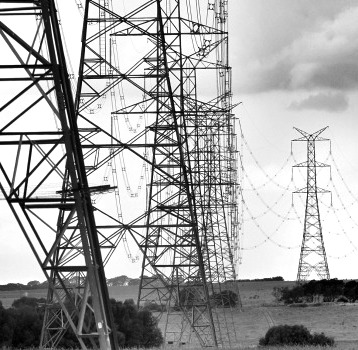Condensers set for more green power
 Technology to stabilise South Australia’s energy grid has been successfully installed.
Technology to stabilise South Australia’s energy grid has been successfully installed.
SA’s ElectraNet has announced that four new synchronous condensers will help energy regulators grappling with the implications of the renewables boom.
The condensers act as a type of ‘shock absorber’ for system faults - a role previously filled by gas and diesel generators. They will allow the grid to support more renewable energy more often.
“They operate 24 hours a day, every day, so in the event of a blip on the system, they're available to provide system strength immediately,” ElectraNet spokesperson Simon Emms said.
“I wouldn't go so far as to say it would prevent it, but it would definitely reduce the likelihood of another system blackout.”
Two condensers have been constructed at Robertstown and another two at Davenport, near Port Augusta, each weighing about 170 tonnes.
The technology uses a giant flywheel that builds up a large amount of momentum, and in the event of a disturbance on the network, provides electrical inertia to power through the fault.
Currently, South Australia is required to have a minimum of four traditional power stations in operation, but the Australian Energy Market Operator (AEMO) says that number could be halved because of the stability provided by the synchronous generators.
“As our state's electricity network continues its transition towards renewable energy sources including wind and solar, we needed to ensure that these sources can be effectively managed and distributed in the grid,” ElectraNet chief executive Steve Masters said.
“In the past, system strength has been provided by traditional power sources such as gas-fired units, but as more renewable energy enters the grid, traditional power sources operate less often, creating the shortfall [in system strength].”







 Print
Print